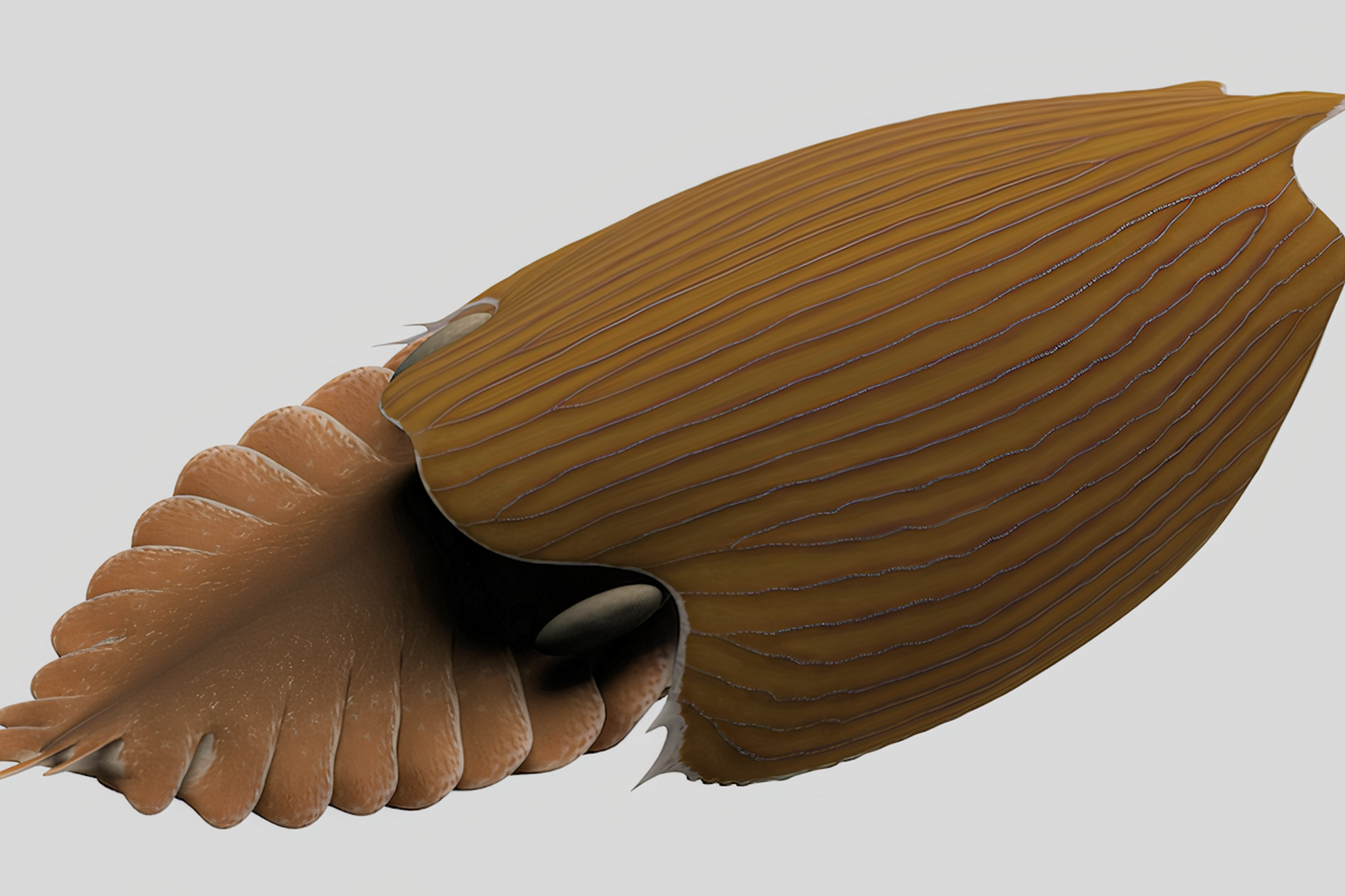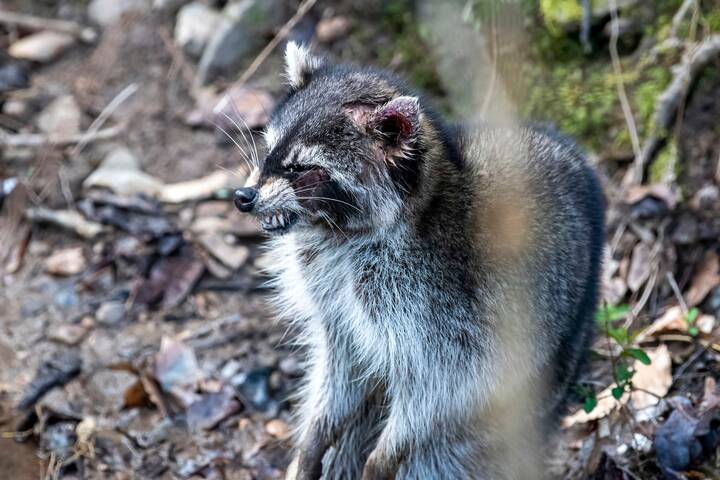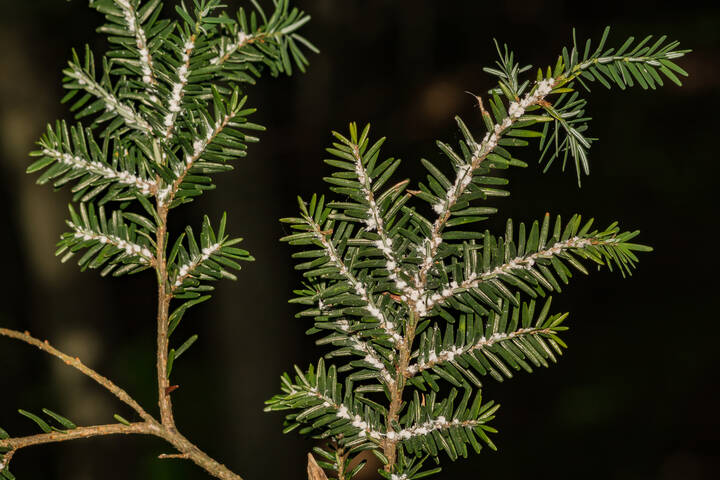
Palaeontologists from the ROM in Toronto discover massive new sea creature species
Palaeontologists at the Royal Ontario Museum (ROM) recently uncovered a massive new fossil species inside half-a-billion-year-old Cambrian rocks in the Canadian Rockies.
The newly-discovered species, found in Kootenay National Park in B.C. and named Titanokorys gainesi, belongs to an extinct sea animal group, and it is quite literally a giant compared to most animals that lived in the seas at that time.
While most sea creatures from that time period barely reached the size of a pinky finger, Titanokorys is estimated to measure half a metre in length.
The long awaited "mothership" is here. Just out from the @ROMtoronto #BurgessShale team, please welcome #Titanokorys gainesi, a new species of giant #Cambrian #radiodont. #VanierCanada @eebtoronto @UofT @UofT_Palaeo https://t.co/fiq0dckQ28 (open access link should go live soon) pic.twitter.com/sYLlj8Qc4O
— Joe Moysiuk (@CambroJoe) September 8, 2021
"The sheer size of this animal is absolutely mind-boggling, this is one of the biggest animals from the Cambrian period ever found," said Jean-Bernard Caron, ROM's Richard M. Ivey Curator of Invertebrate Palaeontology, in a news release about the discovery.
According to the ROM, Titanokorys belongs to a group of primitive arthropods called radiodonts. All radiodonts, including Titanokorys, shared similar attributes such as multifaceted eyes; a pineapple slice-shaped, tooth-lined mouth; a pair of spiny claws below its head to capture prey and a body with a series of flaps for swimming.
Some species within this group also had large, conspicuous head carapaces (a type of hard shell or defensive covering), and Titanokorys appears to have had one of the largest ever known.
"Titanokorys is part of a subgroup of radiodonts, called hurdiids, characterized by an incredibly long head covered by a three-part carapace that took on myriad shapes," said Joe Moysiuk, co-author of the study and a ROM-based Ph.D. student in Ecology & Evolutionary Biology at the University of Toronto, in the release.
"The head is so long relative to the body that these animals are really little more than swimming heads."
Palaeontologists say the broad flattened carapace form in Titanokorys suggests the species was adapted to life near the seafloor.
"These enigmatic animals certainly had a big impact on Cambrian seafloor ecosystems," said Dr. Caron in the release. "Their limbs at the front looked like multiple stacked rakes and would have been very efficient at bringing anything they captured in their tiny spines towards the mouth. The huge dorsal carapace might have functioned like a plough."
Titanokorys and all other fossils in this study were found in Marble Canyon in northern Kootenay National Park, an area that was discovered less than a decade ago and has since yielded a large variety of Burgess Shale animals dating back to the Cambrian period.
Latest Videos
Latest Videos
Join the conversation Load comments







